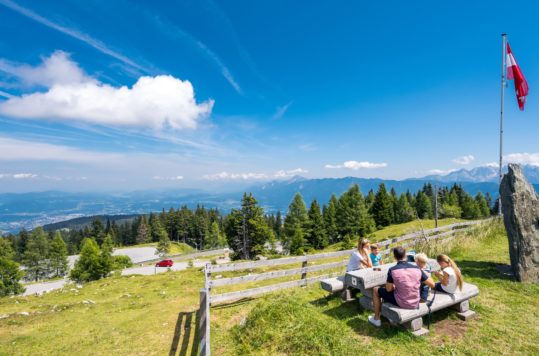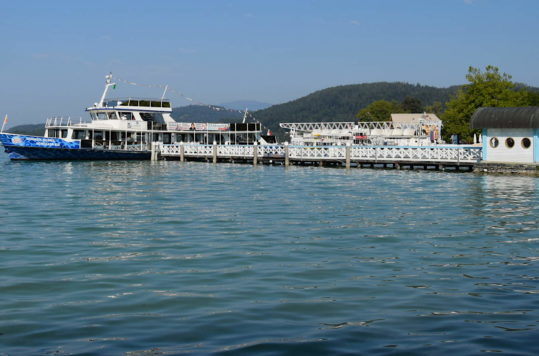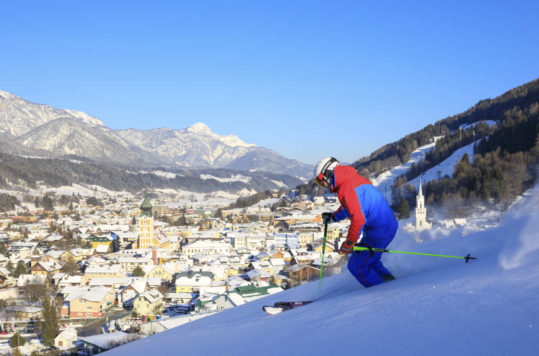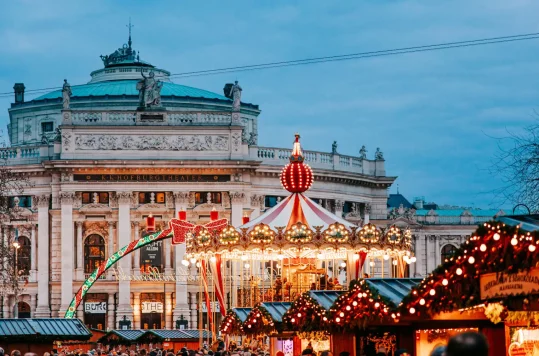I wanted to experience Vienna without a guide or sightseeing bus. Armed with a day pass for public transport, Google Maps and lots of time, I boarded the tram line D – embarking on an educational streetcar sightseeing tour of Vienna.
Vienna is perfect for streetcar sightseeing. I discovered I could experience many of the city’s different facets within 2-3 hours with the D-line. You can experience imperial Vienna, busy shopping streets, workers housing estates, and the Nussberg wine district, to name a few. Streetcar line D takes you from the city’s central railway station (Hauptbahnhof) and right through the city’s heart and to the last stop in the vineyards on the banks of the Danube. I’ve kept the local names on the stops to make it easier to follow my route.
Self-guided sightseeing trip
There is something different about sitting in the streetcar with retirees visiting friends in another neighbourhood, a group of girlfriends shopping, and mothers picking up their kids in kindergarten or schoolchildren on their way home. Sure, a few tourists also find their way into the D-line streetcar at Vienna’s central railway station, but most have disembarked before leaving Ringstrasse. I started my getting-known-Vienna journey at the Hauptbahnhof but did not get far before I found something to be seen. Two stops later, and I disembarked to explore the first sight along the D-line.
Advertisement
Schloss Belvedere
The summer residence of Prinz Eugen, one of Habsburg’s most important heroes, consists of a magnificent palace and extensive gardens. Today the palace functions as an art museum, while the garden is a public park with free access. Although you will find various exhibitions at Schloss Belvedere, it is primarily known for its Gustav Klimt collection. Moreover, it’s said that you should not leave Vienna without having seen the painting Der Kuss (The Kiss). I board the streetcar again and continue my sightseeing in Vienna. Four stops further along the line, I arrive at the Ringstrasse, which encircles Vienna’s historic city centre. I find important Vienna landmarks left and right for the next five stops here.
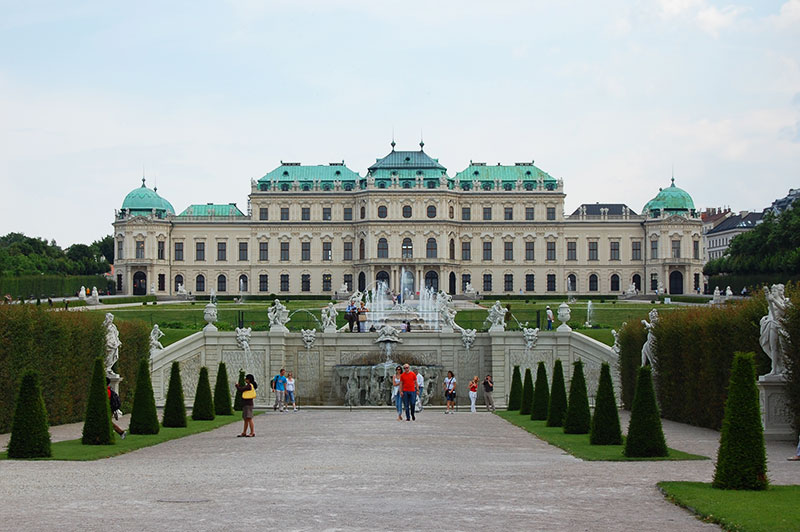
Oper (Kärntner Ring)
Wiener Staatsoper (Vienna State Opera) is a great photo stop with its majestic building. There are always play’s in the poster, and the opera season lasts ten months. Treat yourself to a show here one evening. Furthermore, you can hop off and get into the myriad of Kärntner Strasse, one of Vienna’s main shopping streets, which also leads you to St. Stephen’s Cathedral. Nonetheless, no shopping for me on this trip, and I climb onboard again, heading for my next stop in the D-line.
Burgring & Volksteater
I would call these “main stops” on our journey through Vienna. From these stops, it’s a short distance to Hofburg, the entire MuseumsQuarter, Volksgarten and many other small and large sights. If you will not visit any sights but only take a few quick selfies, it is not worth getting off at these stops. However, if you have plenty of time and a plan for what you like to see, you could spend an entire day in this area. Therefore, I save these sights for separate articles, which they deserve.
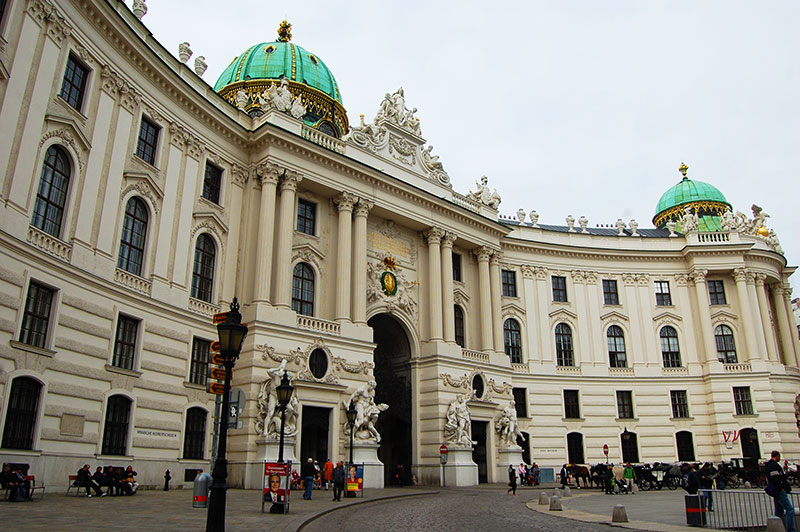
Parliament
As the stop’s name says, I have arrived at the Austrian parliament building. It’s one of the largest buildings on Ringstrasse, with 13,500 square meters and built in Greek Revival style. The foundation stone was laid in 1874, and the building was completed in 1883. Further 150 meters along the Ringstrasse and I took a look at Vienna’s City Hall (Rathaus), across the street from the Burgteater, where there is also a stop for line D. After having shot some pics of the city hall from the square in front, where various events often take place, I continued my streetcar sightseeing in Vienna for another five stops. Leaving the Ringstrasse behind and moving away from the historic centre, my next stop was at Bauernfeld.

ADVERTISEMENT
Bauernfeldplatz
I got off at the square named after the local playwright author Eduard von Bauernfeld from the 19th century. I crossed the Porzellangasse and continued 60 meters until arriving at Fürstengasse and the Liechtenstein Palace. The palace is a fabulous building, but what you find inside is really worth the visit. The private art collection of the Prince of Liechtenstein (a tiny country in central Europe) includes masterpieces from the early Renaissance to the Baroque era. The collection shows works of art from, among others, Peter Paul Rubens, Rembrandt, Anthonis van Dyck, Lucas Cranach the Eldest and Frans Hals. Hence, this stop should not be missed if you are interested in art.
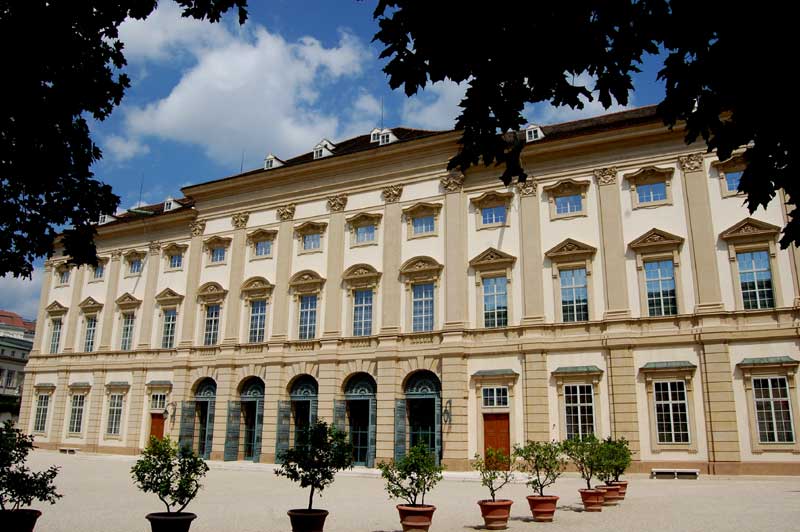
Lichtenwerderplatz
I get off the nest, stop at a junction, continue to the right and immediately notice the special chimney. After the refurbishment in 1989, the waste incineration plant (Müllverbrennungsanlage) Spittelau, with its new exterior design by Friedensreich Hundertwasser, has been an integral part of the Vienna cityscape and a popular tourist attraction. Nonetheless, the style of Hundertwasser is, in any case, unmistakable. After snapping some pictures, I returned to the stop and jumped on the next D-tram toward Nussberg. I can lean back and enjoy the view of the Austrian capital through the windows, with some time to relax while letting the streetcar passes another six stops before getting off again at Halteraugasse.
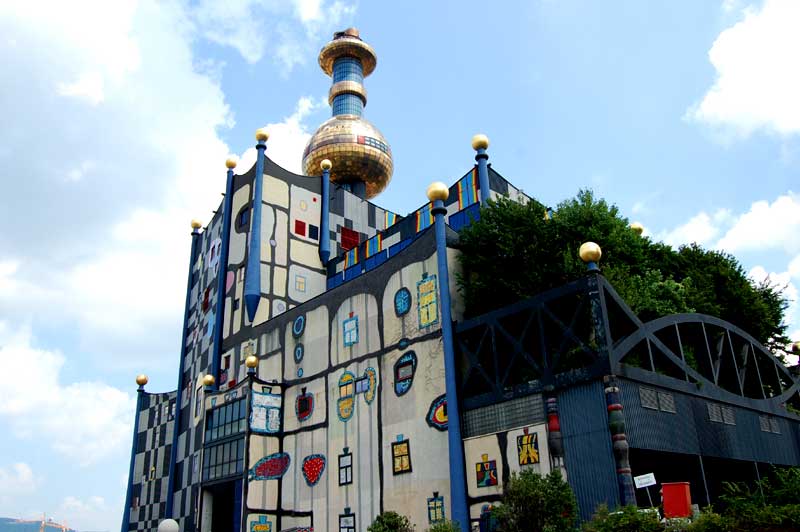
Heiligenstadt & Halteraugasse
At first glance, I’m not so impressed with its size. However, when I started walking around and through the massive building, I realized the immense dimensions of this apartment block. Karl-Marx-Hof’s estate was built between 1926 and 1930 according to plans by architect Karl Ehn. The huge residential complex has an unbroken front nearly 1.2 kilometres (13123 yds) long and is a striking symbol of Vienna’s social housing construction during the interwar period. The complex, which contains over 1300 apartments and countless commercial premises, was extensively renovated in the 1990s. On-site, you also find the museum Das Rote Wien, which covers 1918 to 1934. From the collapse of the Austria-Hungary empire until the fascist takeover, Vienna was ruled by socialists, and the city got a completely new look with, among other things, municipal buildings that, for example, Karl-Marx-Hof. I will save the museum next time, as it is far past lunchtime and head to the last stop on the D-line and get some lunch.
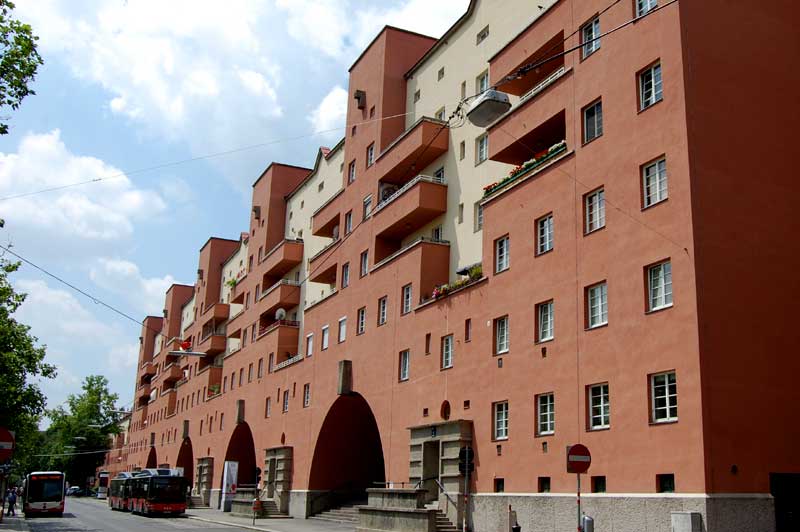
Nussdorf
Once a small village, it became part of Vienna’s 19th district Döbling in 1892. We are right on the city’s outskirts, and from here is not far from the state border to Lower Austria. Nussdorf is situated on the banks of the Danube and extends out and up into the hills north of Vienna. The district’s hallmark is the vineyards and the so-called heurigen, where you can taste local wine accompanied by culinary delights from the Viennese kitchen. In the middle of the D-line’s reverse loop is a traditional restaurant with a lovely outdoor terrace in the back garden. The “Einkehr zur Zahnradbahn” is perfect for reflecting on today’s streetcar sightseeing and getting some real Viennese food. The choice was easy with a large and juicy Wienerschnitzel. Mahlzeit! I hope you enjoyed accompanying me on this exciting streetcar sightseeing in Vienna with D- line. Use the next visit to try this alternative to explore Austria’s capital on a self-guided tour.

